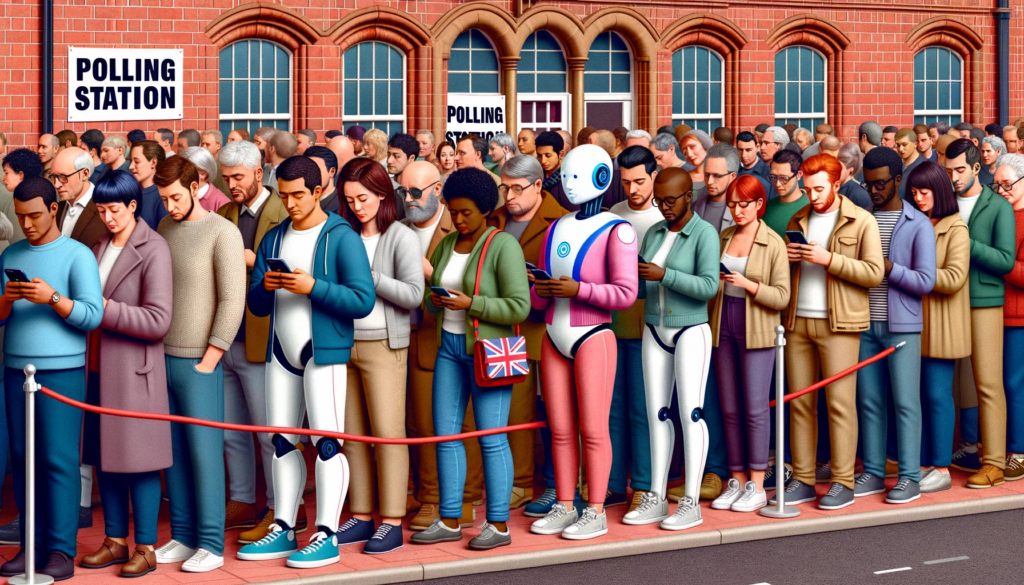Last summer, The Economist posed a straightforward question with a nuanced answer: is the luxury sector recession-proof? Unsurprisingly, the answer was a resounding “no.” However, Europe’s luxury sector has continually defied expectations, demonstrating impressive resilience even during economic slowdowns.
Yet as we look ahead to 2024, caution prevails among some of the European luxury market’s key players. Why is this?
Flashpoint 1: Re-imagining luxury for a new generation
After a dazzling few years of growth, Europe’s luxury sector appeared to be losing its sparkle at the end of 2023. This carried through into the new year, with 18 of the 20 largest luxury stocks reporting year-to-date declines in January.
This dip in demand can be attributed, in part, to the volatile economic landscape, particularly in the US and China (more on that below). But, it also stems from the changing habits of wealthy millennials and Gen Z. These seemingly unlikely growth drivers now wield significant influence.
Bain & Company estimates that younger generations—Generations Y, Z, and Alpha—will emerge as the dominant luxury buyers, accounting for a whopping 80% of global luxury purchases by 2030. These younger luxury customers have a very different view of the world – and are far less recession-proof than the more established luxury shopper (more on that below too).
A recent Deloitte report reveals that 62% of European luxury consumers are willing to invest in pre-owned luxury goods in the future, compared to just 40% in 2019. This shift reflects a growing interest in the circular economy and sustainability within the luxury shopping sphere – a high-cost, lower-margin, part of the market.
Younger luxury customers have a very different view of the world – and are far less recession proof than the more established luxury shopper.
Flashpoint 2: Uncertainty (and opportunity) on the global stage
While Europeans played their part in the post-pandemic luxury boom, it’s the economic engines of China and the US that have fuelled much of the industry’s growth.
Any sustained slowdown in these markets, therefore, spells trouble for the prospects of Europe’s luxury sector. Analysts predict that we may see this unfold in 2024, as both economic superpowers grapple with socio-economic and foreign policy challenges.
However, beyond the dimming growth engines, glimmers of hope emerge from unexpected corners of the globe. McKinsey, in collaboration with the Business of Fashion, identifies a constellation of promising new luxury hubs:
- The Middle East, where opulence meets innovation.
- India, a vibrant tapestry of tradition and modernity.
- Thailand, Indonesia, Malaysia, and the Philippines, where cultural richness intertwines with economic dynamism.
- South Korea, a powerhouse of technology and style.
Meanwhile, Bain & Co. sheds light on the emergence of luxury markets in Africa, where a rising upper middle class fuels aspirations and reshapes the industry’s map.
Flashpoint 3: A renewed focus on the elite customers
As the wallets of aspirational luxury shoppers tightened in 2023, brands shifted their gaze to the apex of their clientele—the top earners. These inflation-resistant patrons wield robust budgets (and in some cases grew them!).
Take, for instance, Gucci’s exclusive by-appointment store, aptly named the “Gucci Salon,” nestled in Los Angeles. Here, the brand caters exclusively to its most esteemed clients.
But it’s not just about money; it’s about access. Brands orchestrate experiences that transcend mere transactions:
- Intimate dinners at designers’ private residences.
- Starry, insider-only shows and parties that blur the lines between exclusivity and artistry.
According to Bain, the top 2 percent of luxury customers drive a staggering 40 percent of luxury sales. Engaging and retaining these ‘very important customers’ has always been critical to brands, but now, in an era of heightened competition, the challenge intensifies.
Engaging and retaining these ‘very important customers’ has always been critical to brands, but now, in an era of heightened competition, the challenge intensifies.
Flashpoint 4: the next frontier for technology
The pandemic catalysed the sector’s digital transformation. Consumers, out of necessity, shifted to online channels, and companies offering digital luxury thrived and expanded. Now, four years later, we are witnessing signs of a digital deceleration, with customers yearning for tactile, in-person luxury experiences.
Yet, technology remains a vital piece of the puzzle. While the vision of blinged up avatars never materialised, luxury brands continue to experiment with technology designed to change the way we shop.
Apple’s mixed-reality headsets are a great example of this, offering a familiar interface for luxury shoppers to explore and visualize products from the cozy confines of their homes.
As communications professionals, our role is to guide leaders through this intricate landscape and an ever-changing industry. Looks like we’re heading for a very interesting year ahead!




